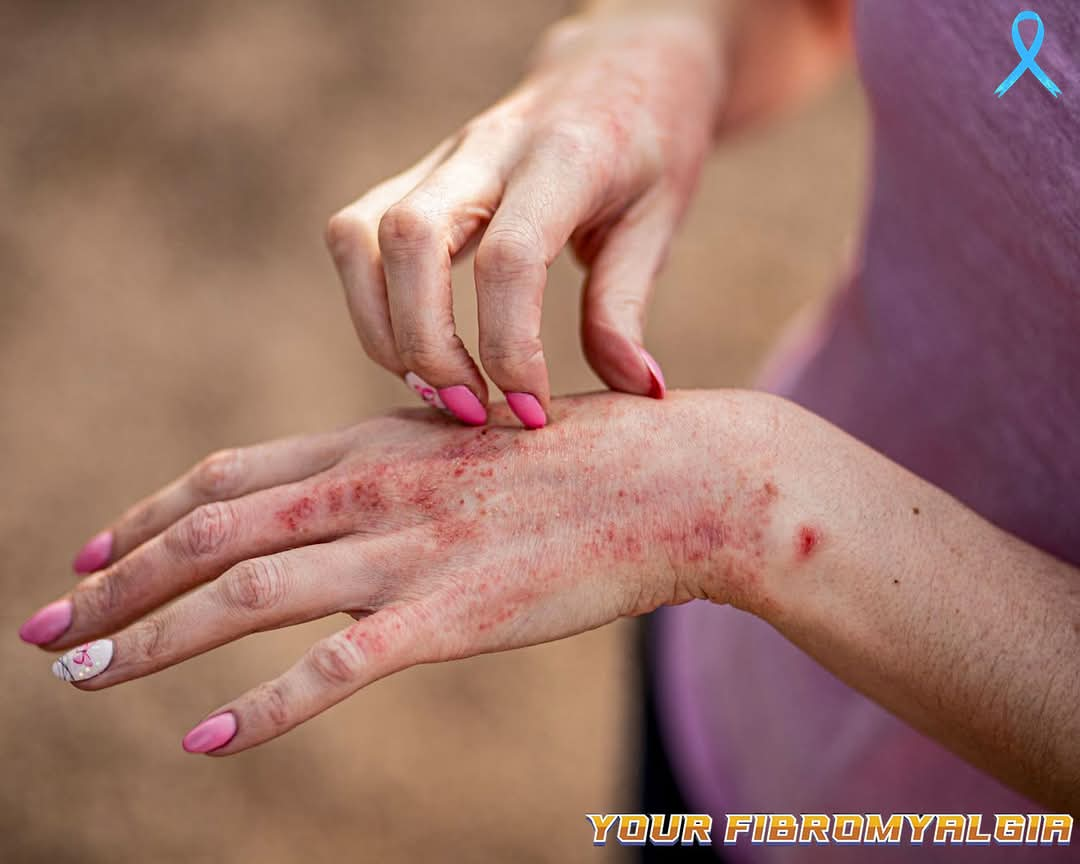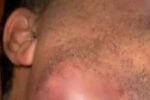Fibromyalgia-Related Skin Problems and Their Management

Fibromyalgia is widely known for causing widespread pain, fatigue, and cognitive issues. But what many people don’t realize is that fibromyalgia can also affect the skin, causing discomfort, irritation, and sensitivity. These skin-related issues may not be life-threatening, but they can significantly affect your quality of life. Let’s explore the common skin problems associated with fibromyalgia and how to manage them effectively.
Common Skin Problems in Fibromyalgia Patients
1. Allodynia (Skin Pain to Light Touch)
This is one of the most frustrating symptoms—feeling pain from stimuli that normally shouldn’t hurt, like clothing, light touch, or temperature changes. It often causes burning or stinging sensations on the skin.
2. Itching (Pruritus)
Many fibromyalgia sufferers experience unexplained itching. It may come and go or persist for long periods, often without any visible rash.
3. Rashes and Bumps
Some people report developing small red or white bumps, heat rashes, or dry, flaky patches of skin, especially in areas where clothing rubs.
4. Skin Discoloration (Mottling or Redness)
Poor blood flow or nervous system dysfunction can lead to blotchy or reddish skin, especially on the hands, feet, or legs.
5. Excessive Sweating or Dryness
Autonomic dysfunction in fibromyalgia can affect sweat glands, leading to unusually dry or excessively sweaty skin without clear reason.
Why Do These Skin Problems Occur?
Fibromyalgia affects the nervous system, including the sensory nerves in the skin, which can cause abnormal responses to stimuli. Other contributing factors include:
- Poor blood circulation
- Hormonal imbalances
- Autonomic nervous system dysfunction
- Chronic inflammation or immune system overactivity
How to Manage Fibromyalgia-Related Skin Issues
1. Allodynia Management
- Wear loose, breathable, soft fabrics (like cotton or bamboo)
- Avoid rough seams, tight clothing, or heavy accessories
- Use topical numbing creams (with lidocaine or menthol) if approved by a doctor
- Take neuropathic medications like gabapentin or pregabalin (with medical advice)
2. Itchy Skin Relief
- Keep skin moisturized with unscented lotions (like Eucerin, CeraVe, or coconut oil)
- Take lukewarm baths with colloidal oatmeal or baking soda
- Avoid hot water and harsh soaps
- Ask your doctor about antihistamines or topical corticosteroids for severe itching
3. Rashes and Dry Patches
- Treat with moisturizing and anti-inflammatory creams
- Use gentle, fragrance-free soaps
- Apply aloe vera gel or calendula for natural soothing
4. Skin Discoloration
- Keep the area warm to improve circulation
- Gentle massage or stretching may help improve blood flow
- Compression garments can also help reduce mottling, with a doctor’s guidance
5. Sweating or Dryness
- Use lightweight, moisture-wicking clothing
- Try antiperspirant sprays or natural remedies like sage for sweating
- For dry skin, drink plenty of water and apply thick moisturizers regularly
FAQs
Q: Can fibromyalgia cause rashes that look like eczema or psoriasis?
A: It may mimic those conditions, but it’s not the same. Always see a dermatologist to rule out other causes.
Q: Do fibromyalgia medications help skin symptoms too?
A: Yes. Medications like pregabalin or duloxetine may help nerve-related skin pain and improve overall comfort.
Q: When should I see a doctor for my skin symptoms?
A: If you notice open sores, infections, or worsening symptoms, consult a doctor or dermatologist immediately.
Final Thoughts
Skin problems in fibromyalgia are often overlooked but very real. By managing triggers, using gentle skincare, and working with your doctor, you can find relief and restore confidence in your skin. Every small change counts—listen to your body and treat your skin kindly.






